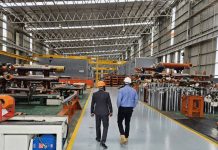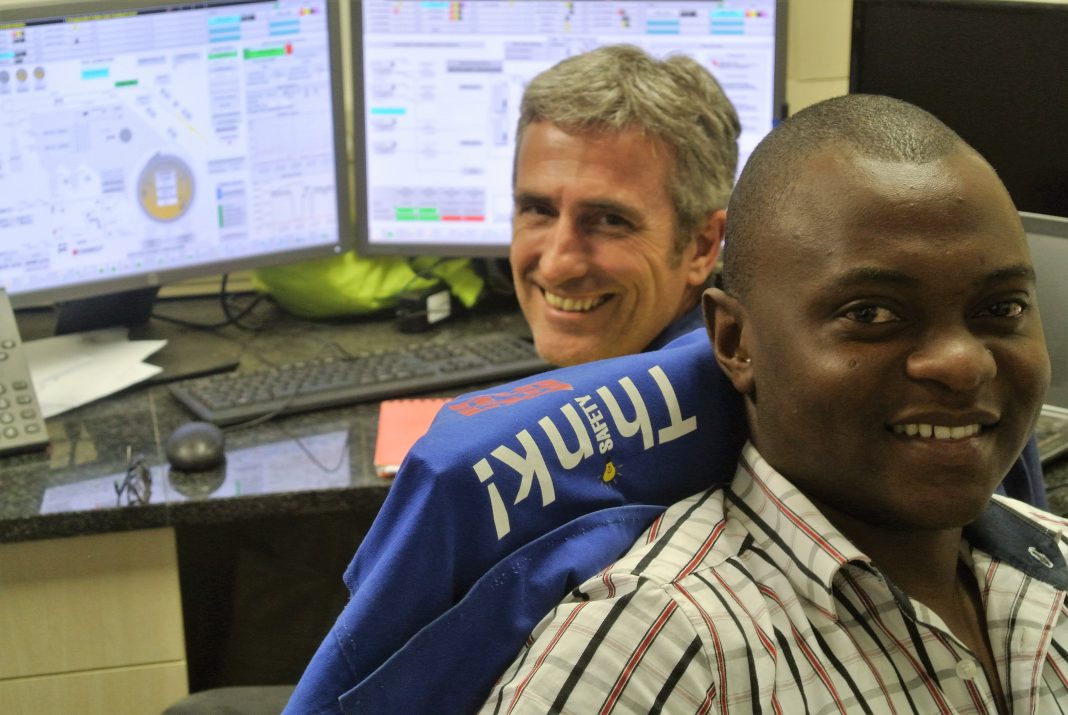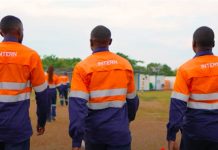Which country employs more expatriates in their mining industry as a proportion of the overall mining workforce – Canada or Zambia?
No, it’s not Zambia. The answer is Canada. The country is one of the world’s major mining destinations, and produces more than 60 different minerals. According to a 2016 labour report from Canada’s Mining Industry Resource Council, immigrant workers – as they are called – represent 14% of the labour force in the mining industry. In Zambia, the figure is around 2%. Canada is facing a mining-skills crunch, and has to find another 49 000 workers in the mining industry in the next decade just to replace those that are retiring!
Which major mining destination revealed in a 2013 report that it had had to rely on skilled migration for nearly half of its mining engineers in previous years – Australia or Zambia? Answer – Australia.
The driving force behind women in mining is not so much legislation as technology
These are just some of the unexpected and interesting facts to emerge from the report Searching for Talent – Skills and Employment in the Global Mining Industry, which was launched by the Chamber of Mines in late June 2017.
International expertise is not unusual at all in the mining industry, the report reveals. That’s because mining is global, with exploration and mineral production taking place on all six continents – even the Arctic. High-level skills move to where they’re needed. Zambians – many of them graduates from the UNZA School of Mines – are expats too.
The report profiles examples of such Zambians, who have worked in countries ranging from Australia and South Africa to Finland and Panama. “I had a couple of Australian graduates under me that I had to train,” says one of the Zambian expats cited in the report; an UNZA graduate, he had worked for three years in Australia at an iron-ore mine operated by BHP Billiton.
Perhaps the most high-profile Zambian expat is the man who left Konkola Copper Mines in 2002 and is today the deputy chairman of AngloAmerican South Africa. Who is he? A clue: he went to Saint Canisius Secondary School in Southern Province.
Searching for Talent is full of other interesting nuggets of information about employment in the global mining industry.
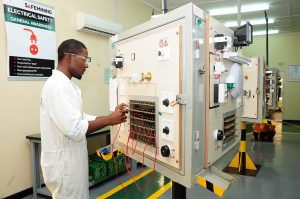
For example, why are more and more women working in mines around the world, operating sophisticated machinery, running blasting operations and working as engineers, managers and directors? The obvious answer is that it is because of progressive employment legislation over many decades prohibiting companies from discriminating on the grounds of gender.
That is true; but it is only part of the picture. The real driving force behind the growing number of women working in the mining industry is the increasing use of technology, which has made mining a lot more accessible to women. “A hundred years ago, mining was hard, labour-intensive work, and physical stamina and endurance were key job requirements,” the report says. “Today, mines are at the cutting edge of technology, and there is much less emphasis on physicality and far more on numeracy, literacy and specialist skills. This is one reason why women are now an integral part of the modern mining workforce.”
Another interesting aspect of the report is the extent to which experience is so highly prized in the industry. Skills are obviously important – for example, a mining engineer needs a degree in mining engineering – but they only really get you through the door.
You’re only really of value after the first few years, once you’ve undergone a development programme to learn the nuts and bolts of modern mechanised mining, particularly in terms of technology, safety and the latest mining techniques. “Who would you rather trust – a doctor with one year of experience or a doctor with ten years of experience?” asks a department head from First Quantum Minerals’ Kansanshi Mine, cited in the report.
One of the world’s most advanced training schools ever designed by a mining company prepares miners for the practical situations they will encounter on the job. It required an investment of $20 million, and its high-tech equipment includes sophisticated simulators. Where is this school? In South Africa? Kazakhstan? Canada? No – it’s right here in Zambia. At one of our major Copperbelt mines.
For more on this and other interesting aspects of mining skills in the world, download our report Searching for Talent.
SEE ALSO: Making it in Mauritania




















